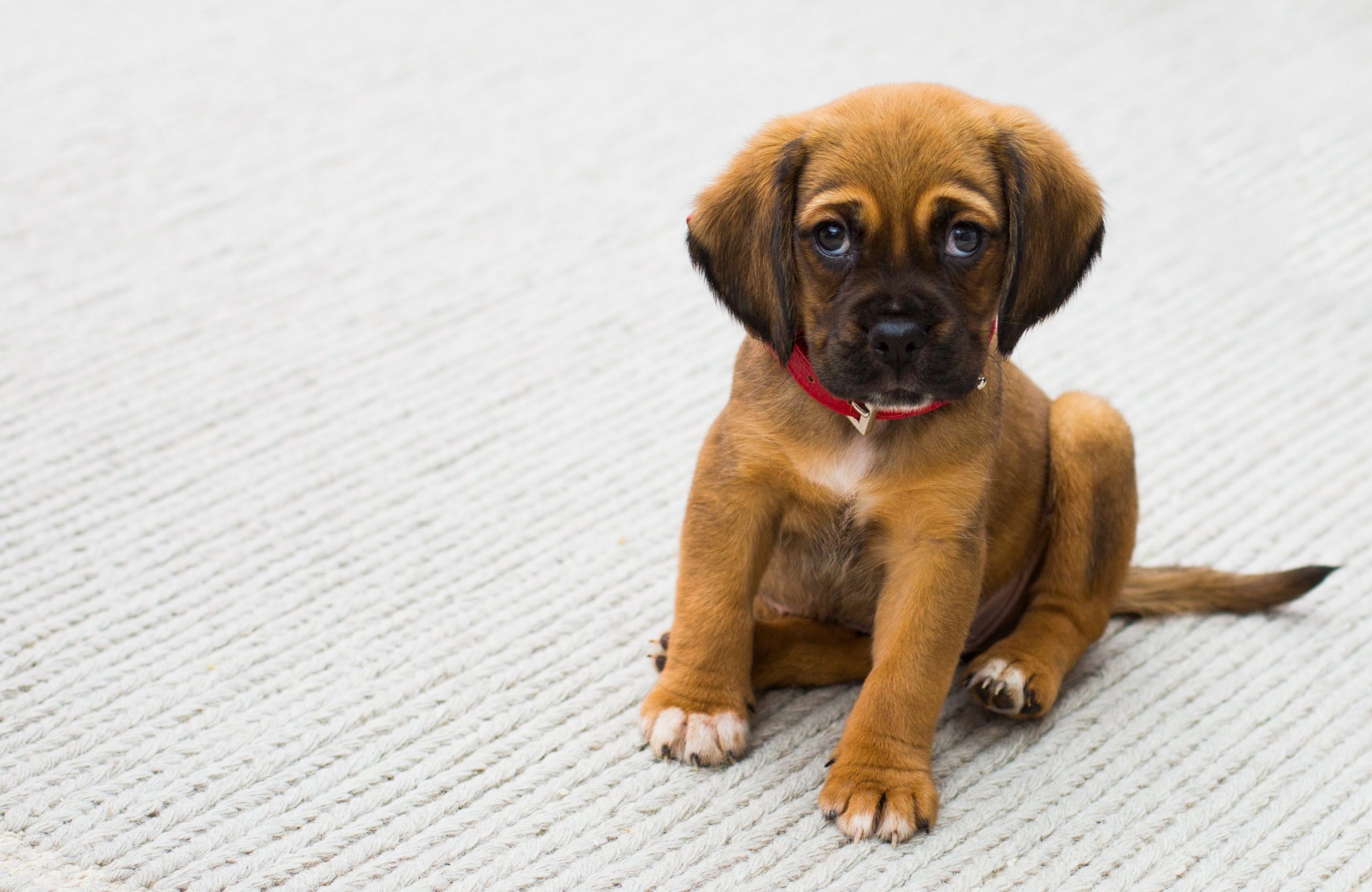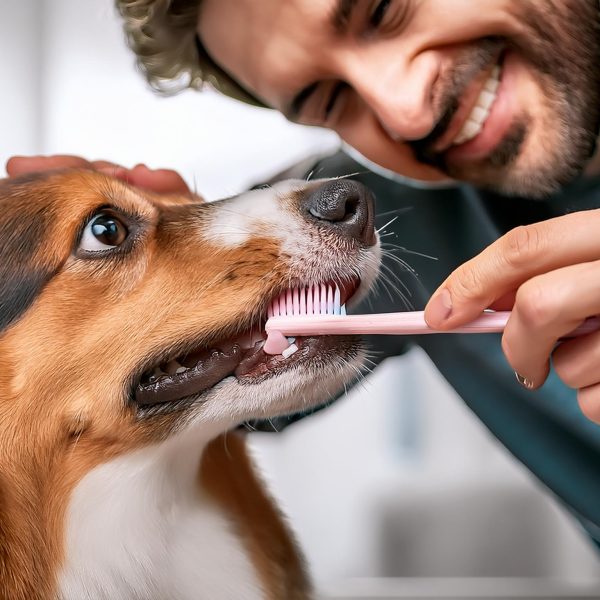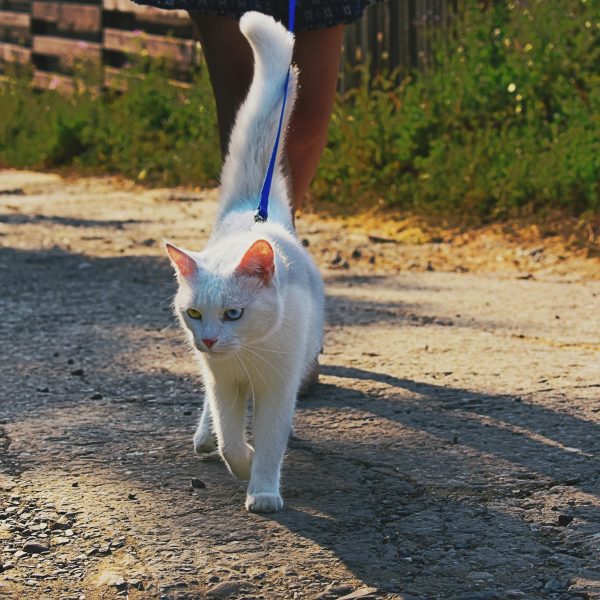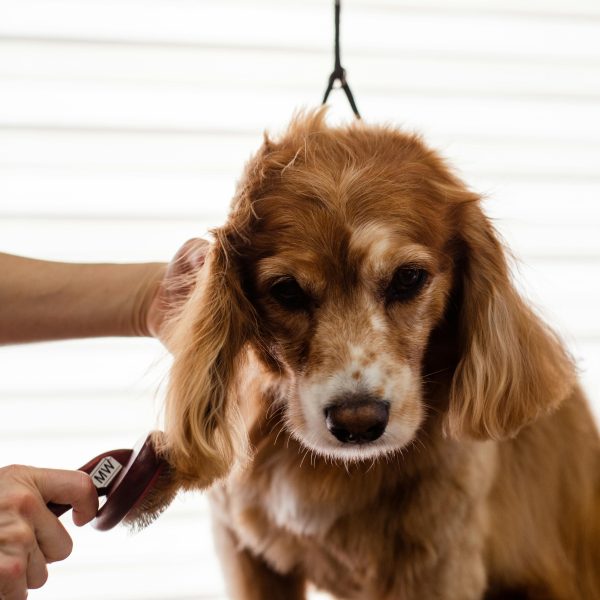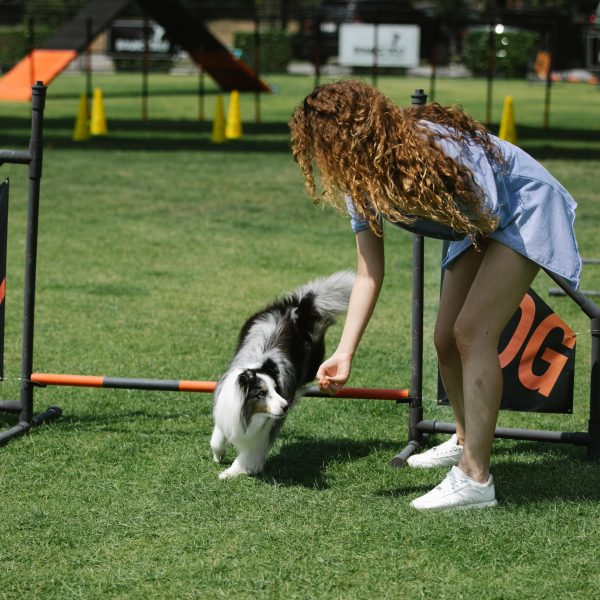Bringing a puppy into your home is an exciting and joyful experience, but it also comes with its fair share of challenges. One of the critical aspects of establishing a harmonious relationship with your furry companion is proper training. This comprehensive guide aims to take you on a journey through training, starting from the fundamentals and progressing to advanced commands. By the time you finish reading this guide, you’ll have all the knowledge and skills to shape your pup into a well-behaved and obedient companion.
Understanding the Fundamentals of Puppy Training
a. Building a Solid Foundation:
Before delving into commands, it’s crucial to establish a foundation based on fundamental training principles. This involves teaching your puppy basic commands like “sit,” “stay,” and “come,” as well as instilling good manners.
b. Positive Reinforcement:
Positive reinforcement plays a crucial role in training. It entails rewarding your pup with treats, praise, or playtime when they exhibit desired behavior. By using reinforcement, you create associations that make your puppy more likely to repeat those behaviors.
c. Consistency is Key:
Consistency is absolutely essential in puppy training. Establishing a routine, giving commands, and setting rules for your puppy help them understand what is expected of them. Inconsistency can confuse them and slow down the training process.
Basic Commands Every Puppy Should Learn:
a. Sit: Teaching your puppy to sit is a command that helps you maintain control. It’s also handy in situations like before meals or when introducing them to people.
b. Stay: The “stay” command is crucial for your puppy’s safety. Whether you’re crossing the street or welcoming guests, having a trained puppy that stays in place creates a controlled environment.
c. Come: Recall is a crucial command, especially when your puppy is off-leash. Teaching them to come when called promotes safety and strengthens the bond between you and your furry friend.
d. Down: The “down” command plays a role in preventing jumping during greetings with people. It also aids in controlling your pup during various situations.
e. Leave It: Teaching your puppy to “leave it” is vital for their safety and well-being. This command can prevent them from picking up items or engaging in undesirable behaviors.
Advanced Techniques to Engage and Stimulate Your Puppy
- Roll Over: Teaching your puppy to perform a roll over not only adds a fun element but also helps improve their coordination and mental stimulation.
- Shake Hands (Paw): The “shake hands” or “paw” command is a way for your puppy to greet people while also strengthening the bond between you and your furry companion.
- Fetch: Playing fetch is a timeless game that offers both exercise and mental stimulation. Teaching your puppy how to fetch not only keeps them active but also reinforces the “drop it” command.
- Speak and Quiet: Controlling barking is crucial for maintaining a peaceful living environment. Training your puppy to respond to the commands “speak” and “quiet” allows you to manage their vocalization effectively.
- Spin or Twirl: The commands “spin” or “twirl” introduce an agility aspect into your training sessions, showcasing your puppy’s agility in a delightful way.
Challenges Encountered in Puppy Training and Their Solutions
- Puppy Teething and Chewing: Puppies naturally go through a teething phase that may lead to chewing behavior. To address this, provide chew toys and redirect their attention when needed.
- Potty Training: Consistency and positive reinforcement play a role in training your puppy to use the potty. It’s important to establish a routine, applaud your friend for doing their business, and use enzymatic cleaners to discourage repeat accidents.
- Socialization: Early socialization is crucial for ensuring that your dog grows up to be well-adjusted. Expose your puppy to various environments, people, and other animals in a controlled and positive manner.
- Leash Training: To introduce your puppy to the concept of walking on a leash, make it a pleasant experience. Teaching them how to walk while on a leash and addressing any pulling behavior with reinforcement is key.
The Importance of Patience and Understanding in Training
Patience is Key: Training a puppy requires patience as they are learning and may not immediately grasp commands. Celebrating victories and progressing at their pace is essential.
Building Trust: Developing trust is fundamental in training. Utilizing reinforcement, consistency, and showing love will contribute towards building a bond between you and your pup.
Understanding Your Puppy’s Needs: Each puppy has unique needs that should be understood for effective training. Adjusting your training methods based on their temperament, energy levels, and learning style will yield positive results.
Embarking on the journey of training can be both challenging and rewarding. Start with the fundamentals, gradually move on to complex instructions to establish a solid groundwork for a well-mannered and compliant companion. It’s important to maintain patience, consistency, and empathy during the training process. By adopting this approach, you and your puppy will embark on an enduring bond of companionship and shared comprehension.


